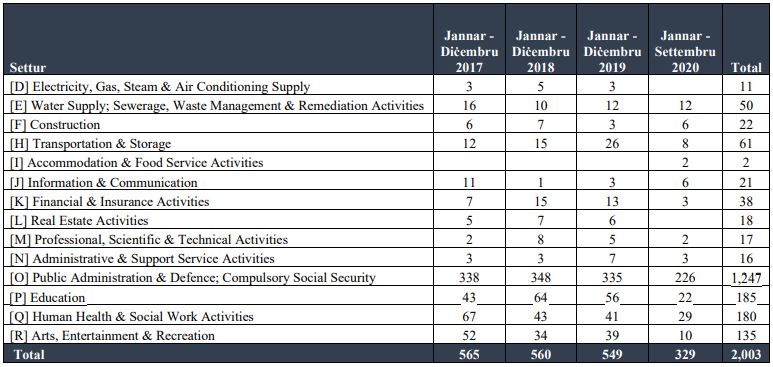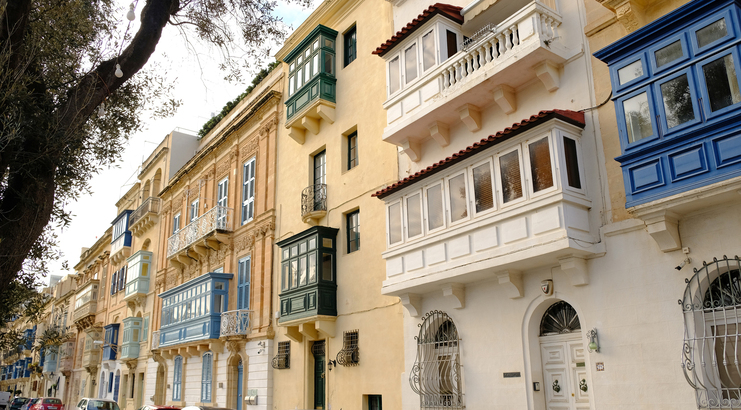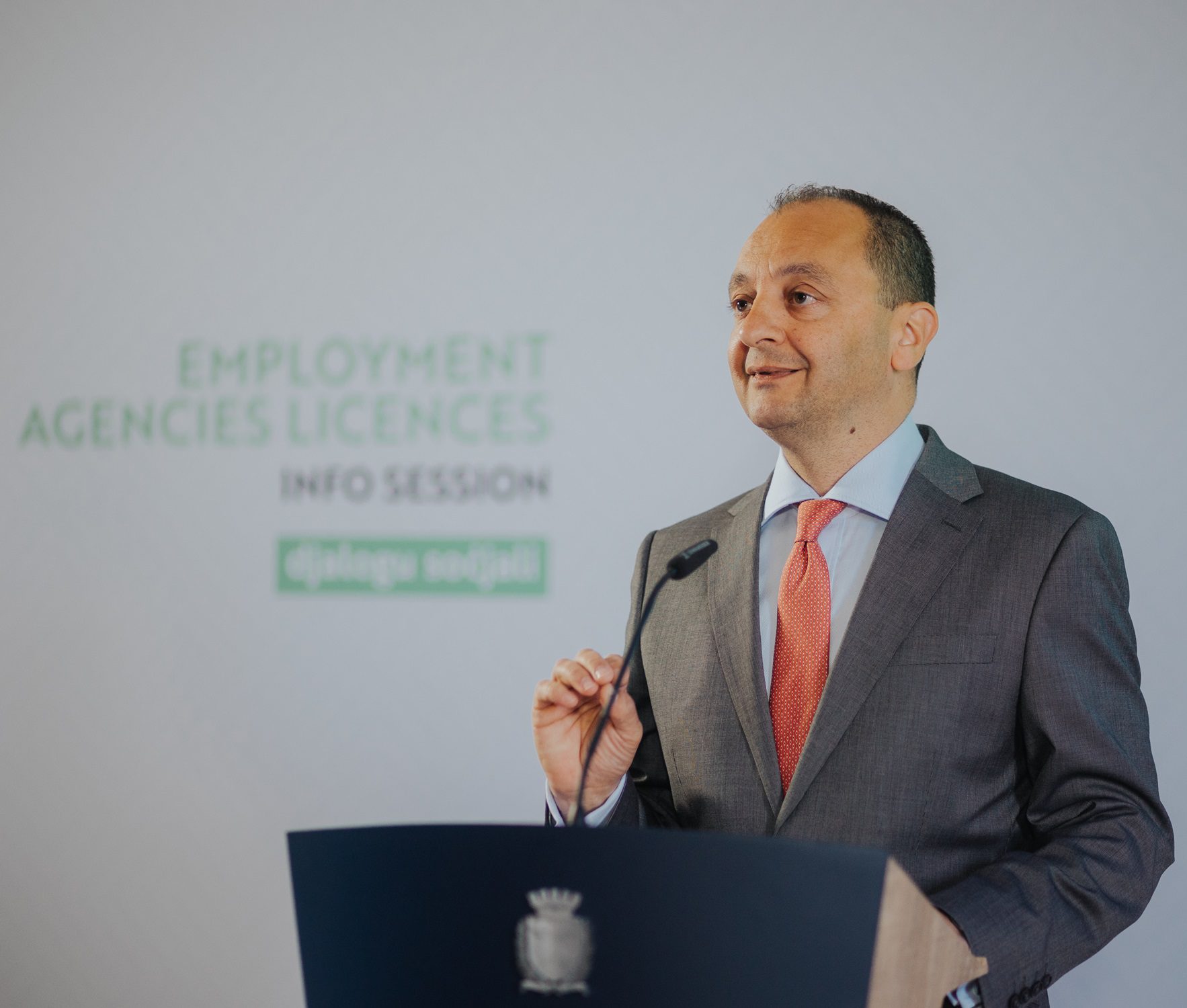Over 40,000 women joined the workforce between 2017 and 2020, but the year-on-year figure dropped by over half in 2020, a year characterised by the economic fallout from the COVID-19 pandemic.
In 2017, 7,023 women entered full-time employment for the first time or after a hiatus of over five years, while 4,197 entered part-time work, for a total of 11,220. The numbers rose to 8,418 and 3,903 respectively for 2018 (total 12,321), before registering a drop to 8,180 full-timers and 3,460 part-timers in 2019 (total 11,640).
The number dropped by over 50 per cent in 2020, with only 3,628 women entering full-time employment and 1,358 gaining part-time work, for a total of 4,986.
The figures emerge from a reply by Finance Minister Clyde Caruana to a parliamentary question posed by the Opposition’s Spokesperson for Work, Training, Competitivity and Enterprise Jason Azzopardi.
The reply also noted the sectors within the public service that women entering the workforce were most likely to work in.
Public administration was by far the most common, with 1,247 out of the 2,003 women who joined the workforce with a public service job working in the sector.
Education and health and social work activities were the second most common fields, with 185 and 180 women respectively finding employment in these sectors.
Meanwhile, 135 found work in the public arts, entertainment and recreation sector.
Together, these areas account for 87 per cent of the jobs found by women entering the workforce through a job in the public sector.
The table showing the public sector areas in which women who joined the workforce found work can be seen below.

ICT sector makes up 10.3% of Malta’s economy, most in EU
Malta was also in the top spots for value added from ICT services and ICT manufacturing
Building and Construction Authority CEO resigns days after fatal construction incident
Jesmond Muscat quits after less than two years in the role
Government launches portal for temping agencies to apply for a licence, following regulations
New regulations, aimed at regulating the sector and diminishing abuse, came into force on 1st April






